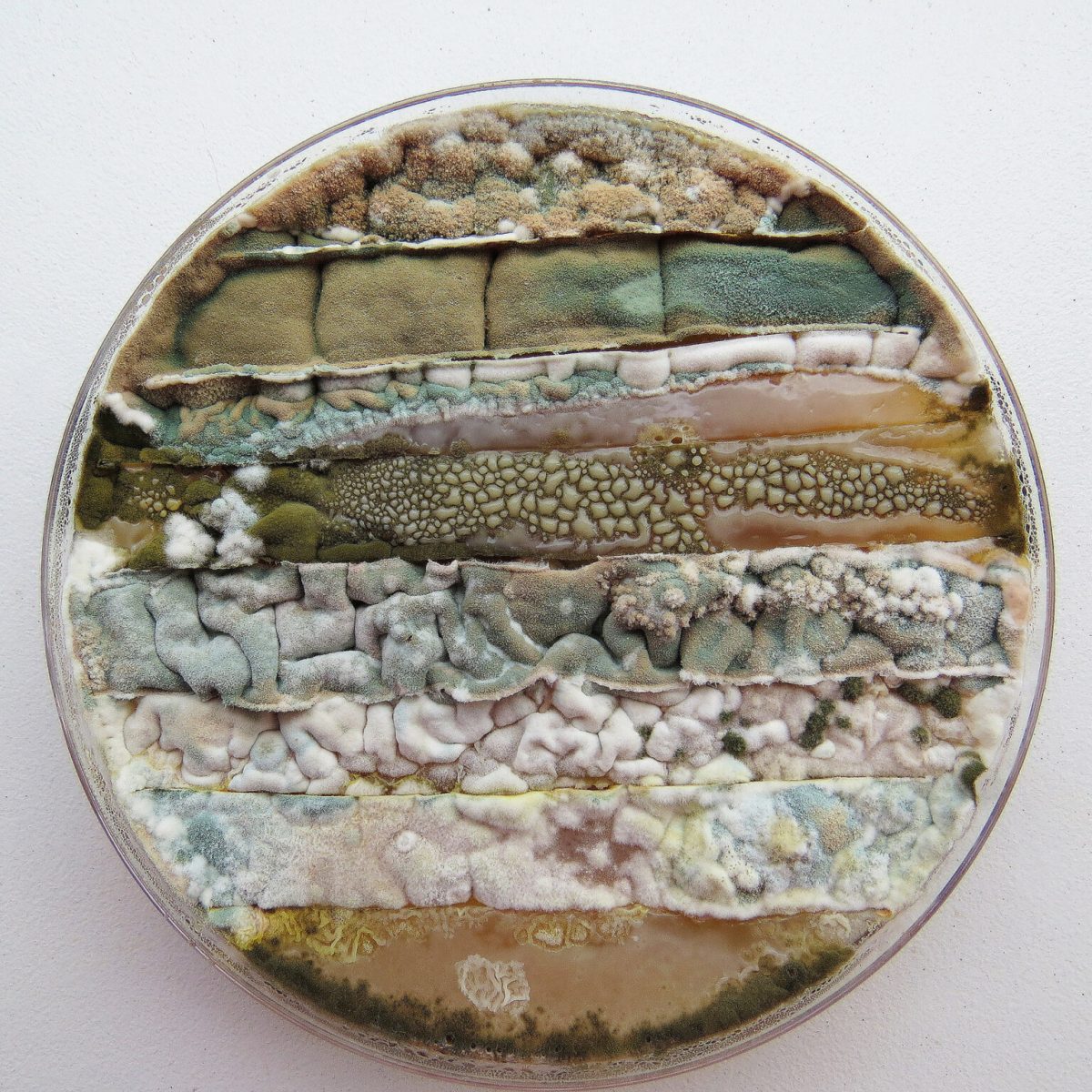this post was submitted on 10 Aug 2023
32 points (94.4% liked)
Nature's Patterns - the beauty in the details
781 readers
1 users here now
Lots of communities are dedicated to nature's big pictures, the breathtaking vistas and scenic landscapes. Those are all great, but I find the details of the natural world to be just as much of a draw.
From ripples in sand, to whorls in bark, this community celebrates the beauty in the little patterns and textures of nature.
founded 2 years ago
MODERATORS
you are viewing a single comment's thread
view the rest of the comments
view the rest of the comments

Someone, please, why do they all look so much different. I understand they’re all their own organisms, but I just would’ve thought at this scale their differences would be more minuscule.
I guess my misunderstanding is here:
Is this a macro scale for fungi???
I think she's used something (maybe a piece of thin plastic) to separate the areas, then has populated each area with a different type of mold
I don't know what species of molds are present, but it's like leaving food in the fridge for too long, any spores will start to grow and turn into fluffy/slimey forms....different types of mold will look different, and if there's just one type per segment it will be able to grow without competition
I don't know if this fully answers your question, there are some mycology communities here who can maybe help better
edit spacing
This actually helps a lot! Thanks!
I cross posted this to https://lemmy.ml/post/3120958....
and u/[email protected] commented
'....Just cultivate different types of microbes (preferably distinctly colors), slice the agars in to small squares, make a mosaic out of them and cultivate a few more days to hide the gaps....' which is possibly the process Dasha Plesen has used